Oza Sabbeth’s ‘radical reimagination’ of a Hamptons house
A ‘radical reimagination’ by Oza Sabbeth Architects has given a dramatic new look and layout to an existing timber structure in the Hamptons
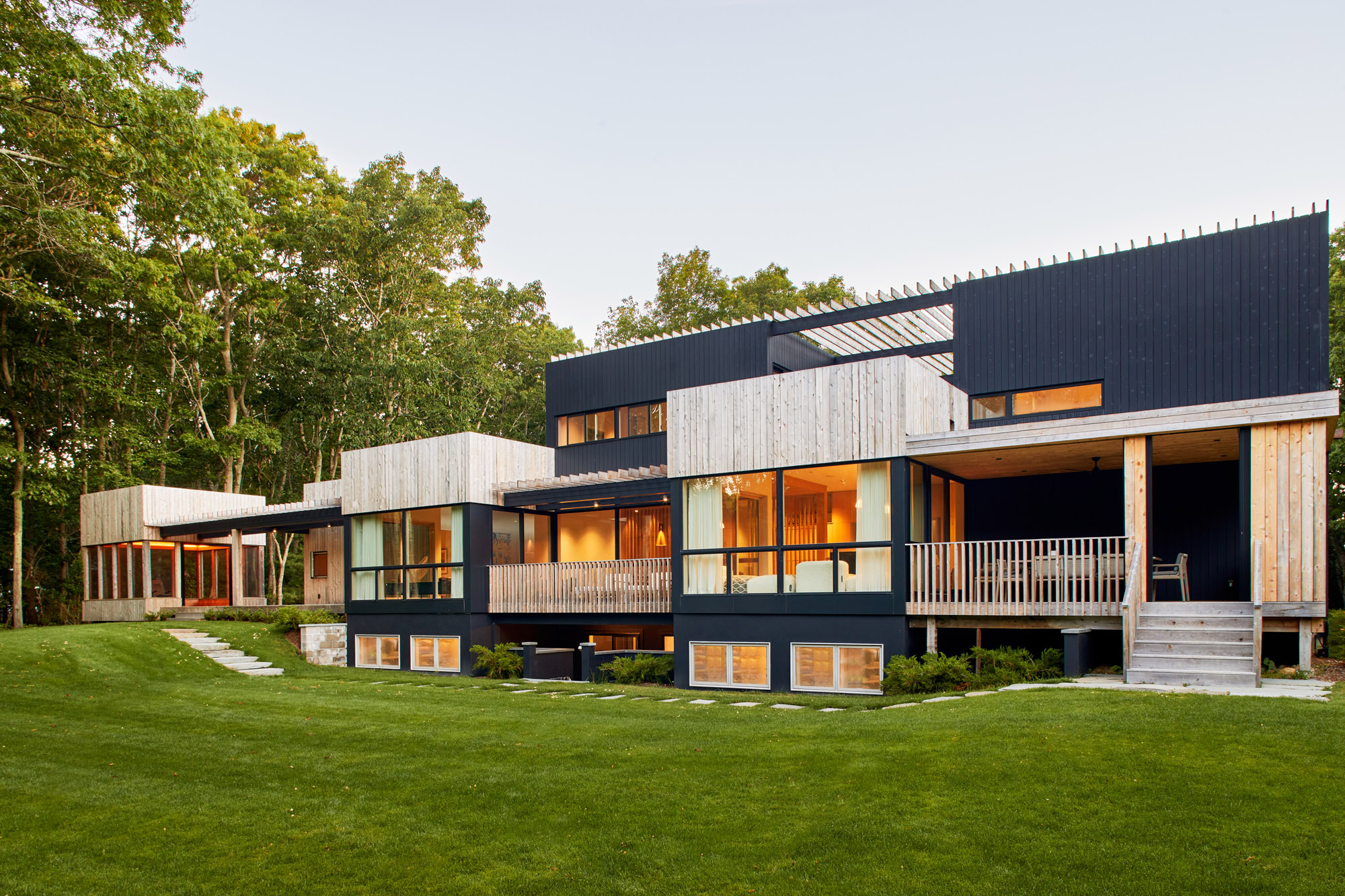
Oza Sabbeth Architects’ co-founders often talk about ‘radical reimagination’. Business partners Nilay Oza and Peter Sabbeth (the first with a background in architecture, the second in art) have just completed one of their largest projects yet – Brick Kiln, a family retreat in the Hamptons. The house, conceived as a holiday home, feels warm yet clean-lined, structured, crisp and contemporary. Anyone would be hard-pressed to guess that this is, in fact, an adaptive reuse project based on the transformation of an existing home dating from 2004. It’s also one that perfectly embodies the duo’s creative and sustainable architecture approach.
The clients came to the Bridgehampton-based studio (set up in 2015, after Oza and Sabbeth joined forces following a decade of independent practice) with a challenging brief. They had just bought an unconventional property – a large, 5,000 sq ft house divided into two homes, which had originally been built for two siblings who wanted to live together but apart. The clients, a family of New York-based professionals with adult children and a rich and varied art collection, sought to update the structure to their needs and tastes, but were faced with a problem: the building’s awkward layout and size. So what did Oza Sabbeth do? They radically reimagined.
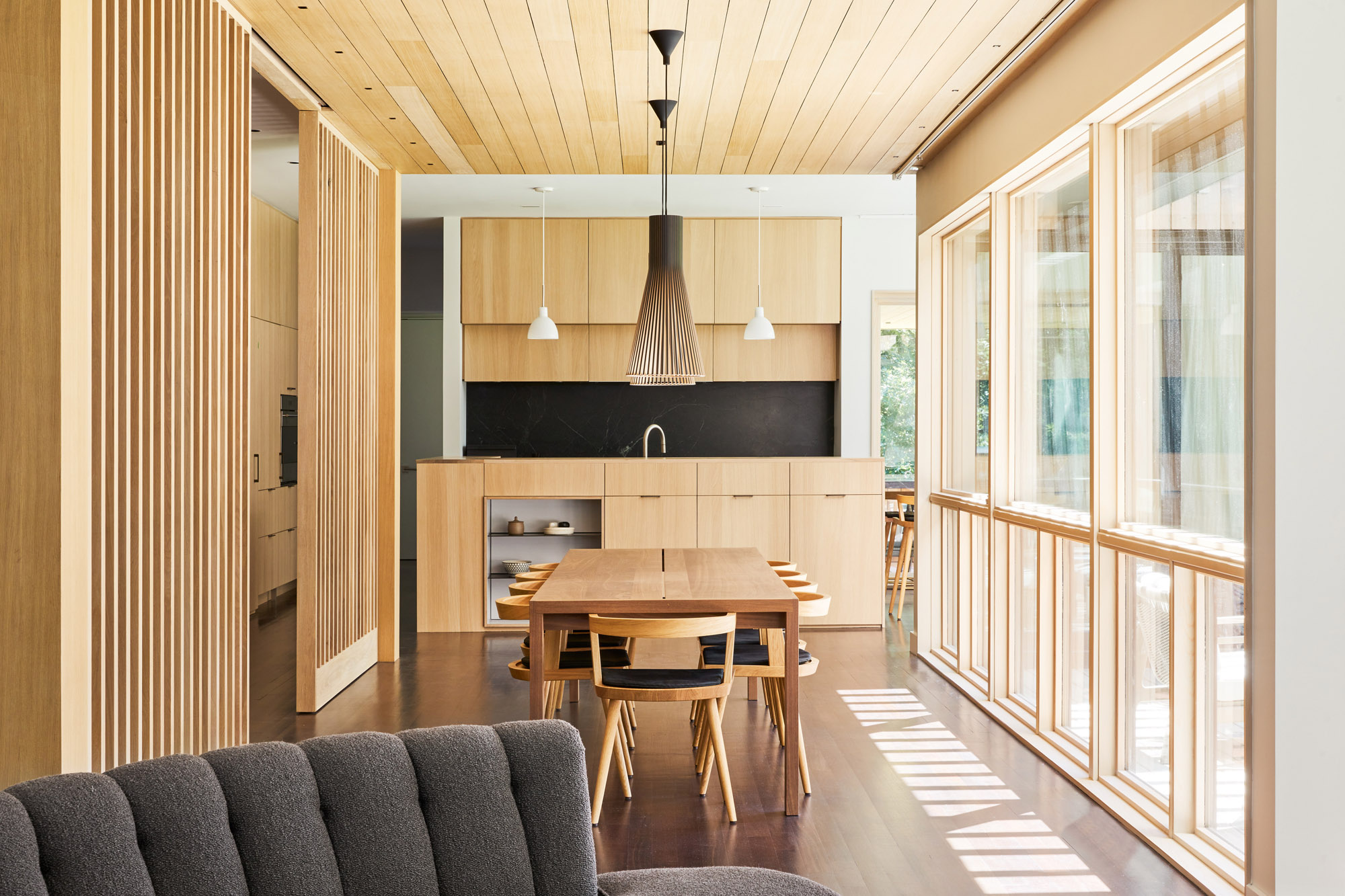
Located at the heart of the house, the former twin kitchens have been turned into a dining room, creating a link between the living room on one side and the kitchen on the other
Brick Kiln House: a radical reimagination
‘What’s typical here in the Hamptons is that people just knock houses down,’ says Oza. ‘But we had done substantial renovations in the past and wanted to do the same here. We looked at the clients’ city apartment and it was stunning, and we thought, “We’ve got some good clients!”’ The pair got to work.
‘The existing house was big,’ says Sabbeth. ‘It was on the market for a while as people just didn’t know what to do with it. There were two of everything; the kitchens were joined through a pocket door.’
Oza continues: ‘It felt like the kind of structure that was right for us. It had good bones that allowed us to radically reimagine it. This is a conscious wording, as typically you’d say renovate, but this is not quite the right word to use here.’
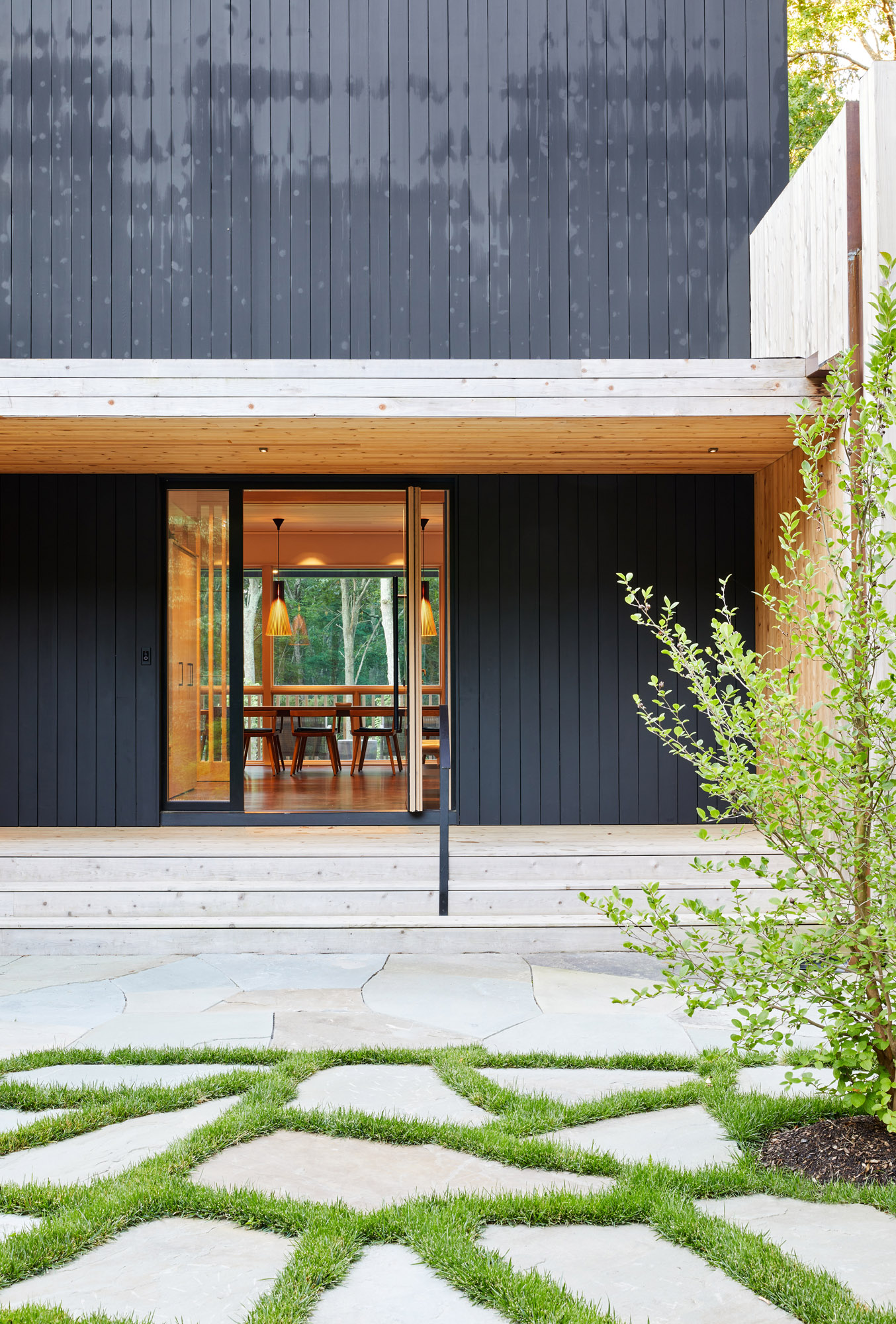
The front entrance leads into the dining room, which can be hidden from view thanks to a sliding wooden screen
If you drive past Brick Kiln (the name of the road that the property’s on), it’s now hard to imagine what was there before. When the pair first shared their design with the clients, they were surprised, and thought that they were being shown an entirely new house.
The house’s original pitched roofs have now been replaced with flat equivalents. Cedar wood lines its orthogonal volumes inside and out, cascading in an elegant composition and opening up to a garden filled with mature trees. The interior was unified considerably, favouring an open-plan arrangement, especially in the living spaces. Much of the initial timber structure has been kept, but dressed in new finishes. The final effect feels a world away from the original. The studio, with a team including project designer Joao Freitas, also worked on the interiors. ‘We are dipping our toes in that world, too, and want to do more interior work in the future,’ says Sabbeth.
Receive our daily digest of inspiration, escapism and design stories from around the world direct to your inbox.
A sequence of pergolas and sun-shading solutions accentuate a sense of horizontality and a relationship between indoors and outdoors that feels entirely appropriate in this rural location. A little tower on site has been lowered and redesigned into a garden pavilion, used for yoga or entertaining.
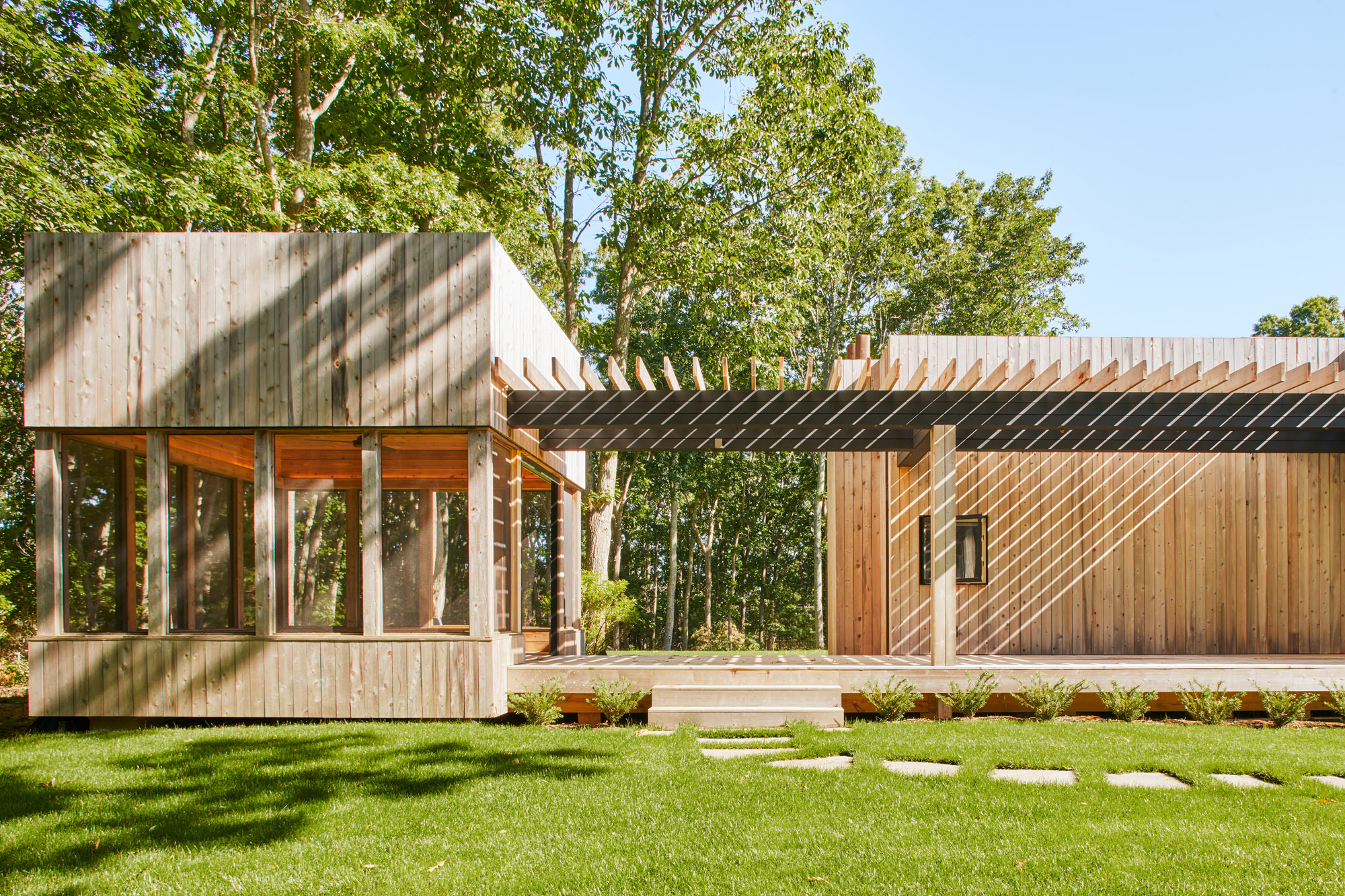
A series of pergolas link the house’s various sections and lead to a garden pavilion used for yoga or entertaining
‘We do a lot of this type of project. Our clients are attracted to it because they can see the waste of tearing a house down, if it can be salvaged,’ says Oza. The young studio has become a bit of an authority in this typology, developing a series of ‘reimagined’ homes in the Hamptons in recent years. They also have a dedicated construction team, allowing them to have a lot more control over building and detailing. ‘It’s almost easier to take something down and do it from scratch. But there’s an aesthetic of reusability that is growing, and we encourage it. It’s like writing an essay on a blank piece of paper versus writing an essay when someone gives you a bunch of words that you have to use in it. It can come in a number of different ways in the end,’ says Sabbeth.
As for Brick Kiln’s new owners, they now split their time between here and New York. The single residence comes with multiple domains, including a library and office that can be sealed off from the rest of the house if needed, a music room, and a main bedroom located in one of the taller volumes. Further bedrooms have been placed across the house, in a manner that maximises privacy. Meanwhile, there are communal areas, where everyone can congregate to cook, eat and relax together.
The successful result adds fuel to Oza and Sabbeth’s plans for the future. ‘This is a fresh expression of what can happen in architecture today,’ says Oza. ‘We took what was there and changed it, reusing it in a radical way.’
Ellie Stathaki is the Architecture & Environment Director at Wallpaper*. She trained as an architect at the Aristotle University of Thessaloniki in Greece and studied architectural history at the Bartlett in London. Now an established journalist, she has been a member of the Wallpaper* team since 2006, visiting buildings across the globe and interviewing leading architects such as Tadao Ando and Rem Koolhaas. Ellie has also taken part in judging panels, moderated events, curated shows and contributed in books, such as The Contemporary House (Thames & Hudson, 2018), Glenn Sestig Architecture Diary (2020) and House London (2022).
-
 Inside the process of creating the one-of-a-kind book edition gifted to the Booker Prize shortlisted authors
Inside the process of creating the one-of-a-kind book edition gifted to the Booker Prize shortlisted authorsFor over 30 years each work on the Booker Prize shortlist are assigned an artisan bookbinder to produce a one-off edition for the author. We meet one of the artists behind this year’s creations
-
 This Mumbai apartment feels pixelated, like walking into a retro video game
This Mumbai apartment feels pixelated, like walking into a retro video gameA MuseLAB-designed space embraces a repetitive grid pattern, yet manages to feel completely open and unrestrained
-
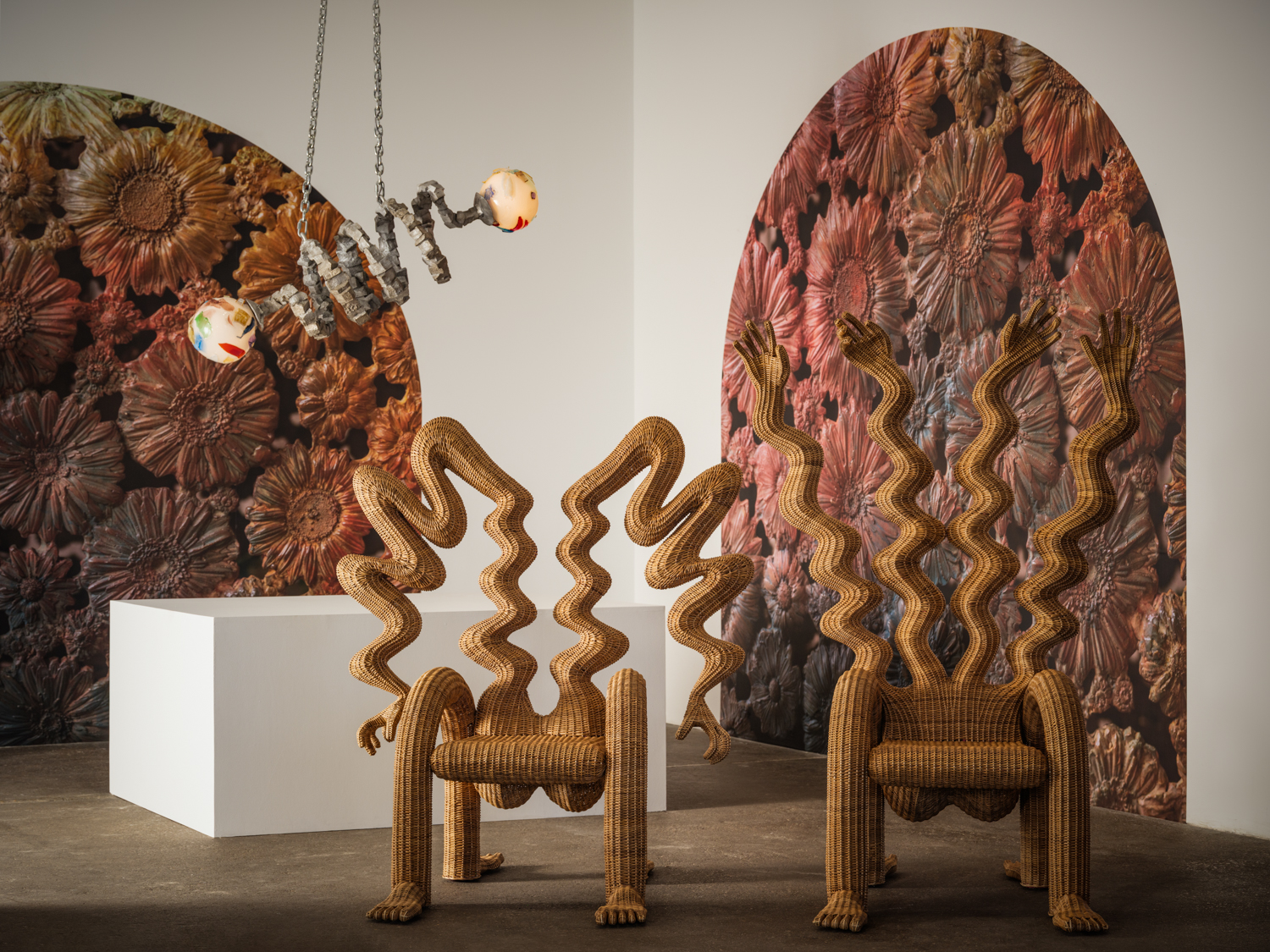 Chris Wolston’s first-ever museum show bursts with surreal forms and psychedelic energy
Chris Wolston’s first-ever museum show bursts with surreal forms and psychedelic energy‘Profile in Ecstasy,’ opening at Dallas Contemporary on 7 November, merges postmodern objects with Colombian craft techniques
-
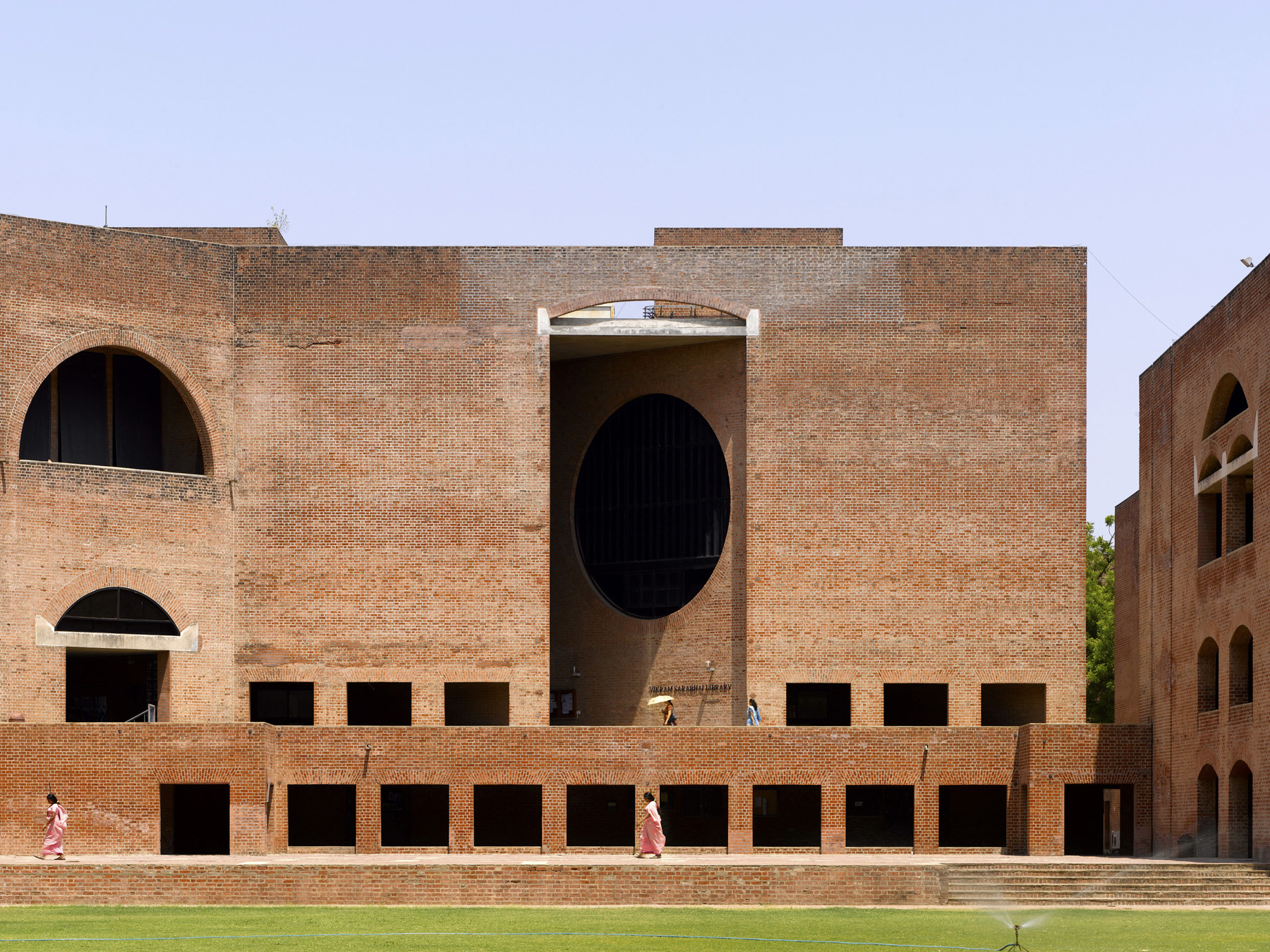 Louis Kahn, the modernist architect and the man behind the myth
Louis Kahn, the modernist architect and the man behind the mythWe chart the life and work of Louis Kahn, one of the 20th century’s most prominent modernists and a revered professional; yet his personal life meant he was also an architectural enigma
-
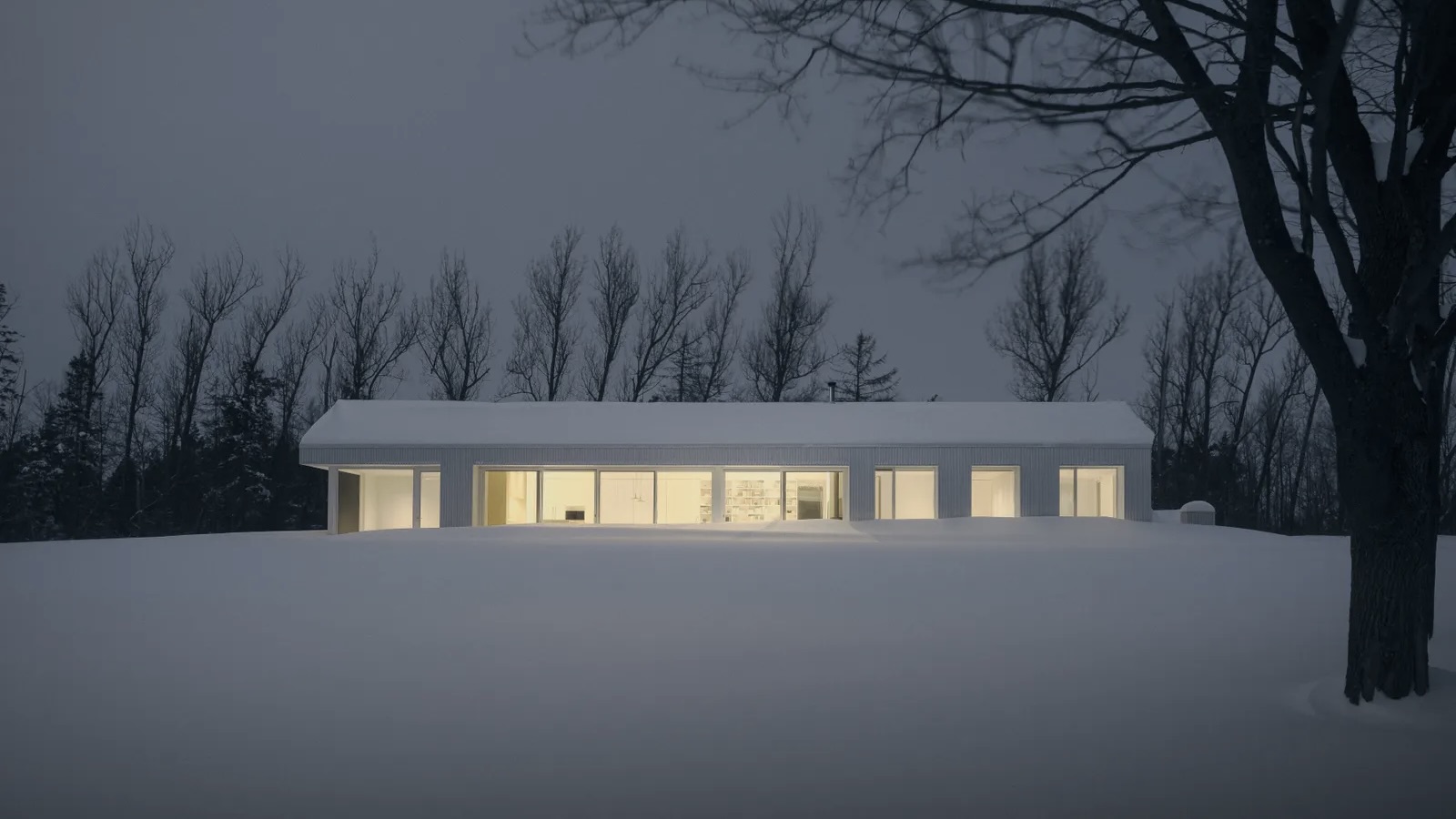 The Architecture Edit: Wallpaper’s houses of the month
The Architecture Edit: Wallpaper’s houses of the monthFrom Malibu beach pads to cosy cabins blanketed in snow, Wallpaper* has featured some incredible homes this month. We profile our favourites below
-
 This refined Manhattan prewar strikes the perfect balance of classic and contemporary
This refined Manhattan prewar strikes the perfect balance of classic and contemporaryFor her most recent project, New York architect Victoria Blau took on the ultimate client: her family
-
 Inside a Malibu beach house with true star quality
Inside a Malibu beach house with true star qualityBond movies and Brazilian modernism are the spur behind this Malibu beach house, infused by Studio Shamshiri with a laid-back glamour
-
 An Arizona home allows multigenerational living with this unexpected material
An Arizona home allows multigenerational living with this unexpected materialIn a new Arizona home, architect Benjamin Hall exposes the inner beauty of the humble concrete block while taking advantage of changed zoning regulations to create a fit-for-purpose family dwelling
-
 Michael Graves’ house in Princeton is the postmodernist gem you didn’t know you could visit
Michael Graves’ house in Princeton is the postmodernist gem you didn’t know you could visitThe Michael Graves house – the American postmodernist architect’s own New Jersey home – is possible to visit, but little known; we take a tour and explore its legacy
-
 Explore Tom Kundig’s unusual houses, from studios on wheels to cabins slotted into boulders
Explore Tom Kundig’s unusual houses, from studios on wheels to cabins slotted into bouldersThe American architect’s entire residential portfolio is the subject of a comprehensive new book, ‘Tom Kundig: Complete Houses’
-
 Ballman Khaplova creates a light-filled artist’s studio in upstate New York
Ballman Khaplova creates a light-filled artist’s studio in upstate New YorkThis modest artist’s studio provides a creative with an atelier and office in the grounds of an old farmhouse, embedding her practice in the surrounding landscape